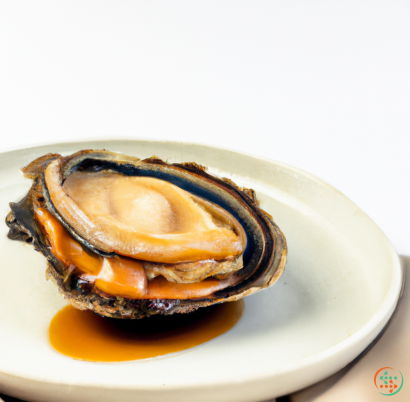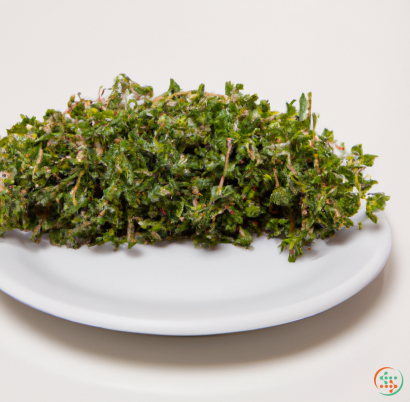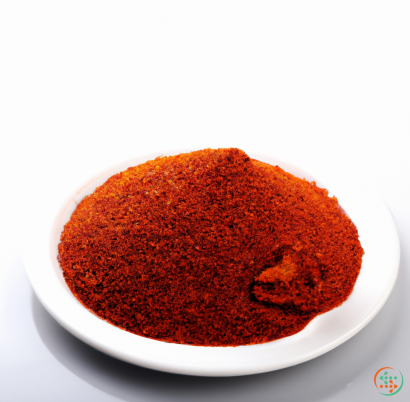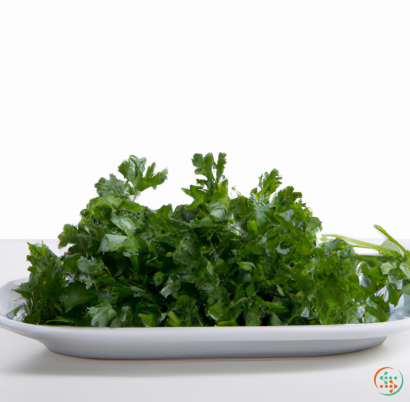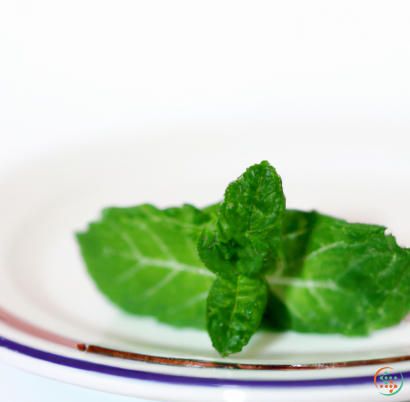Granulated White Sugar
Granulated white sugar is one of the oldest forms of sweetener known to man. It’s used in thousands of recipes and can be found in just about every corner store or supermarket. The most commonly used form of granulated white sugar is called cane sugar, or table sugar, which has been produced and refined from the cane plant for hundreds of years.
History of Granulated White Sugar
Granulated white sugar was first discovered and produced in India more than 4,000 years ago, and it quickly spread throughout the Mediterranean region. It was then that the passing of knowledge and refining techniques of sugar-making resulted in the vast production and trade of granulated white sugar. By the 17th century, the British colonizers began transporting cane during the trans-Atlantic slave trade and thus began the colonization of the Americas.
This imported product created a great demand for sugar in North America and the rest of the world, and the production of sugar cane and granulated white sugar exploded. In the 19th century, sugar-making technologies began to be further refined, allowing the cane sugar plantations to operate more efficiently. By the late 19th century, sugar was the leading symbol of wealth and a source of global economic growth.
Production of Granulated White Sugar
Today, cane and beet sugar are the two most common forms of granulated white sugar used in many countries. Cane sugar is predominately produced in tropical regions using the leftover remains of the sugarcane plant. Conversely, beet sugar is made from the white roots of the beet plant. Both cane and beet sugar are processed the same way after harvest.
The first step to producing granulated white sugar is crushing the cane and beet stalks to extract the juice, or syrup. The syrup is then boiled and evaporated until a thick concentrate is left. This concentrate is then spun in centrifuges to separate the molasses from the white granules, which is then further crystallized and purified in a vacuum operation.
The result is purer granulated white sugar. After that, the sugar is dried and cooled before being bagged and transported. These granulated white crystals contain roughly 97-99 percent sucrose, and come in both granulated and powdered forms.
Uses of Granulated White Sugar
Granulated white sugar is a very versatile sweetener and is used in thousands of recipes ranging from cakes and desserts to savory dishes and sauces. It is also used in some beverages and cocktails, including tea, coffee, punch, and hard liquors like rum. Granulated white sugar is also frequently used in marinades and glazes for baked goods to give them a sweet and glossy finish.
In additon to its culinary uses, granulated white sugar has a plethora of health benefits. When used in moderation, white sugar can help pacify hunger and digestion. It is also rich in minerals such as potassium and essential vitamins like B1, B2, B3, and B9. Plus, it’s a good source of carbohydrates and helps to provide energy to the body during physical activity.
Considering its availability, affordability, and multiple uses, it’s no wonder why granulated white sugar has become one of the world’s most widely used sweeteners. With its versatile uses and health benefits, this product will remain an important part of human culture and cuisine for centuries to come.
Granulated white sugar, also known as "table sugar" due to its ubiquitous presence in many kitchens around the world, is an extremely popular food ingredient in baking, sweetening beverages, and countless other culinary uses. Sugar, whether from a natural source or from a more industrialized production system, is derived from the same basic source material: sugarcane or sugar beets. To create the refined white sugar many are so familiar with, the raw material must go through a multi-step process of harvesting, extraction, purification, and crystallization before finally being available to purchase in any store. In this blog post, we'll explore the journey of how granulated white sugar is created and travels to your dinner plate.
Harvesting and Extraction:
Sugarcane, one of the main sources of white granulated sugar, is found in tropical and subtropical regions in both hemispheres. The cane is harvested by hand or machine and immediately shredded (or "pressed") to release the sugary juices from the fibrous stalk. This juice is then processed to remove impurities, then clarified and filtered to create a clear, sweet-tasting syrup of about 60% sugar content.
Purification:
The next step in creating granulated sugar is a process called "sugar refining." This is when the syrup is further separated and purified to isolate the sugar molecules, achieving an almost-pure sugar solution. This is done using several different methods depending on the source material, but typically involves boiling, evaporation, and centrifugation. Boiling helps degrade impurities while evaporation removes excess water, and finally centrifugation is used to separate the sugar crystals, leaving the other components behind.
Crystallization:
The next step in the process involves forming and cooling the sugar crystals. In a large pan or vat filled with the purified sugar solution, a seed crystal, typically a grain of sugar suspended from a string, is introduced. This encourages the sugar molecules to form around it and stick to each other, creating both large and small crystallized sugar particles. Cooling the sugar further solidifies the crystals.
Grinding and Sorting:
Once the sugar has cooled enough and the crystals have formed, the cubes are then passed through a set of rollers for grinding and sifting. This helps separate the fine and coarse particles and prepares them for packaging. The grinders also help remove any remaining impurities from the sugar. Finally, the last step is sorting and packaging the sugar for sale.
Final Processing:
Before the white granulated sugar is ready to be shipped and used in homes and restaurants, it still needs to undergo a few more processes. The first is enrichment, which adds essential vitamins and minerals back into the product to meet food and health regulations. This step also helps restore the sweet aroma, texture, and flavor that were removed during the previous purification process. The second is whitening, which whitens the color of the sugar to make it look more appealing. This is done using bone char, a material processed from animal bones, and is the reason why some labels will indicate the product is "unrefined" or "organic."
Travels to a Dinner Plate:
Now that the white granulated sugar is ready for purchase, it's time for it to make its journey from the processing facility to your dinner plate. The sugar is usually loaded onto a truck, train, cargo ship, or other transportation method, and takes a few days to weeks to reach its final destination. Finally, the sugar is available for sale in stores, ready to be purchased by customers, who then take it home and use it in baking, beverages, and other recipes.
Conclusion:
White granulated sugar is an incredibly versatile ingredient used in many dishes around the world, but you may not have considered the complex journey it must take before finally arriving at its final destination. From harvesting and extraction to purification, crystallization, sorting, packaging, and even enrichment and whitening, the transformation process of sugar is fascinating and truly reveals the lengths food suppliers go to provide us with the quality ingredients we use every day. Now that you know how granulated white sugar is created and travels to a dinner plate, next time you use it, it may serve as a sweet reminder of the amazing journey it took to get there!
| Vitamin B2 | 0.02 mg |
| Calcium | 0.001 grams |
Daily Value 1.3 g
|
| Iron | 0.05 mg |
Daily Value 0.018 g
|
| Potassium | 0.002 grams |
Daily Value 4.7 g
|
| Sodium | 0.001 grams |
Daily Value 2.3 g
|
| Zinc | 0.01 mg |
Daily Value 0.011 g
|
| Copper | 0.01 mg |
Daily Value 0.9 mg
|
| Selenium | 0.6 ug |
Daily Value 0.055 mg
|
| Sucrose | 99.8 grams |
|
| Total Sugars | 99.8 grams |
per 100g
|


